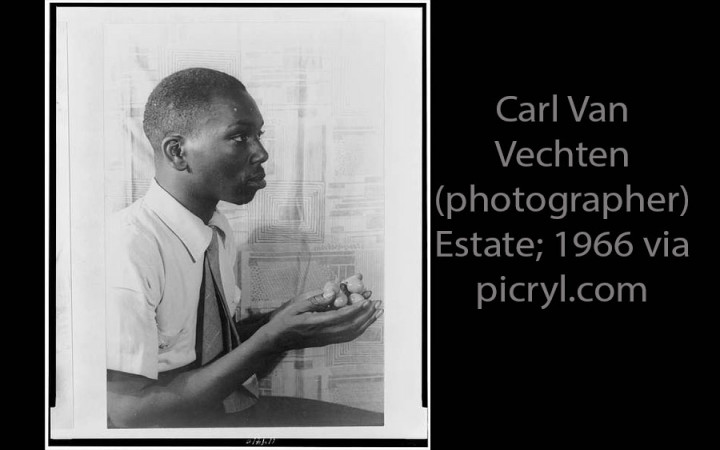Today’s Wonder of the Day was inspired by Reuben. Reuben Wonders, “What is Jacob Lawrence's most famous piece of art?” Thanks for WONDERing with us, Reuben!
Have you ever been to see an art exhibit? Did you see figures that looked like you and your community? Let’s learn together today about an artist who painted important pictures of Black life and history.
Jacob Armstead Lawrence was born on September 7, 1917, in Atlantic City, NJ. Lawrence was one of the most important Black artists of the 20th century. He spent a lot of his youth and young adulthood in Harlem. The period known as the Harlem Renaissance influenced him.
Lawrence’s parents were part of the Great Migration (1910-1970). African Americans fled southern U.S. states for the north as a reaction to Jim Crow laws. In Harlem, he studied at an art school with well-known artist Charles H. Alston. Alston introduced Lawrence to important Harlem Renaissance figures, including Langston Hughes and Augusta Savage. Studying under Alston allowed Lawrence to create art for a public works project in the 1930s. This is how he met his wife, fellow artist Gwendolyn Knight.
A grant funded a 60-panel series of paintings. “The Migration of the Negro” tells stories of African American life from that time. New York City’s Downtown Gallery displayed the panels. Lawrence’s career took off. He was 23 years old.
His work shows everyday events he saw. He observed that schools ignored Black history. He painted important events and social figures to help correct that. Captions for his art came from his research.
The Coast Guard drafted Lawrence during World War II. He created art during his service. None of that work still exists. In 1944, the Museum of Modern Art (MoMA) hosted an exhibit of Lawrence’s post-wartime work and “The Migration of the Negro” panels. It was the first time an African American artist had a solo exhibit at the famous museum. Lawrence’s work also was the first African American art purchased by MoMA.
Several schools invited Lawrence to teach. He taught at Black Mountain College in North Carolina. To travel south, Lawrence and Knight commissioned their own railroad car. They wanted to avoid having to be moved to a Blacks-only car when crossing the Mason-Dixon line. They stayed on the college’s campus rather than in the segregated community.
Knight and Lawrence traveled to Nigeria in 1962 and 1964 to teach and create. A successful exhibit of the Migration series happened on the 1962 trip. The 1964 trip lasted nine months. Lawrence painted scenes of Nigeria’s culture. He enjoyed visiting the marketplace. His work of that time explored his connections to local people and artists.
He taught in Washington state from the 1970s until he retired. Several Seattle buildings and museums feature Lawrence’s art. Many artists credit Lawrence as a major influence. He was a member of the board that founded Washington, DC’s Museum of African Art.
Lawrence and Knight had no children. They founded the Jacob and Gwendolyn Lawrence Foundation to benefit and support American artists. Lawrence died June 9, 2000. He created art until a short time before his death.
Would you like to paint events in history? Maybe you could make brightly colored panels like Jacob Lawrence!
Standards: CCRA.R.1, CCRA.R.10, CCRA.L.3, CCRA.L.4, CCRA.L.5, CCRA.L.6, CCRA.W.3, CCRA.W.6, CCRA.W.9




